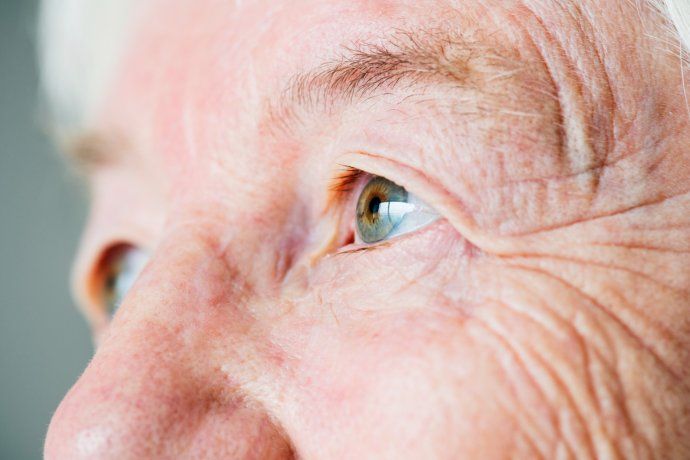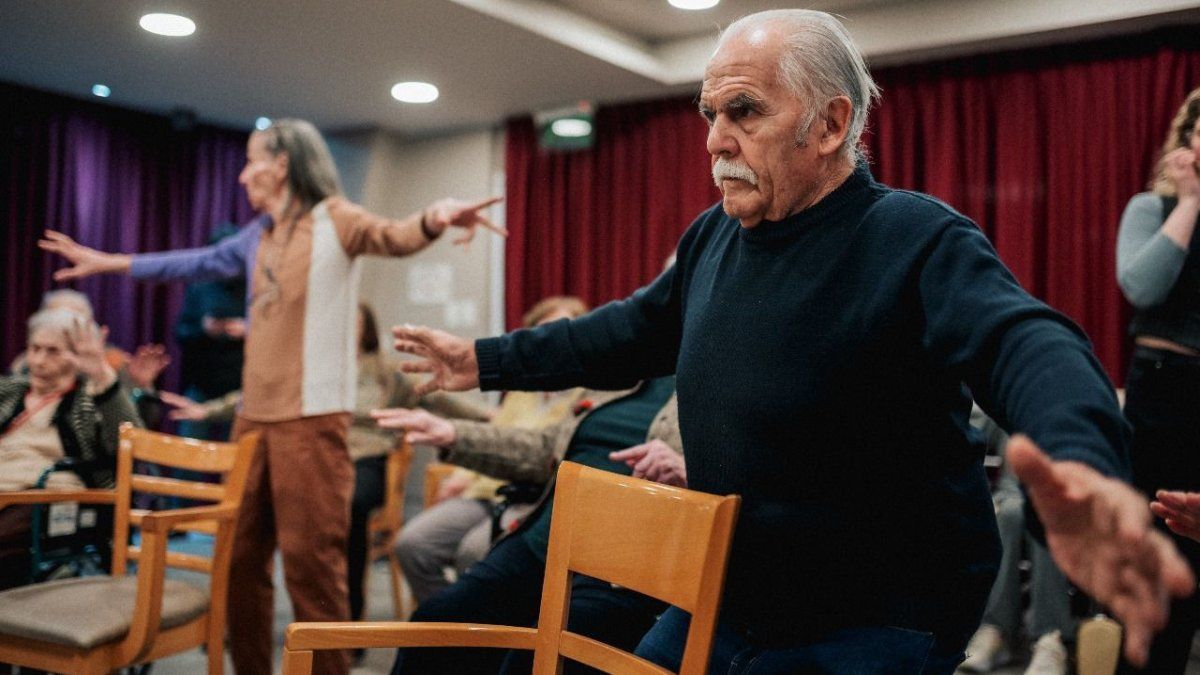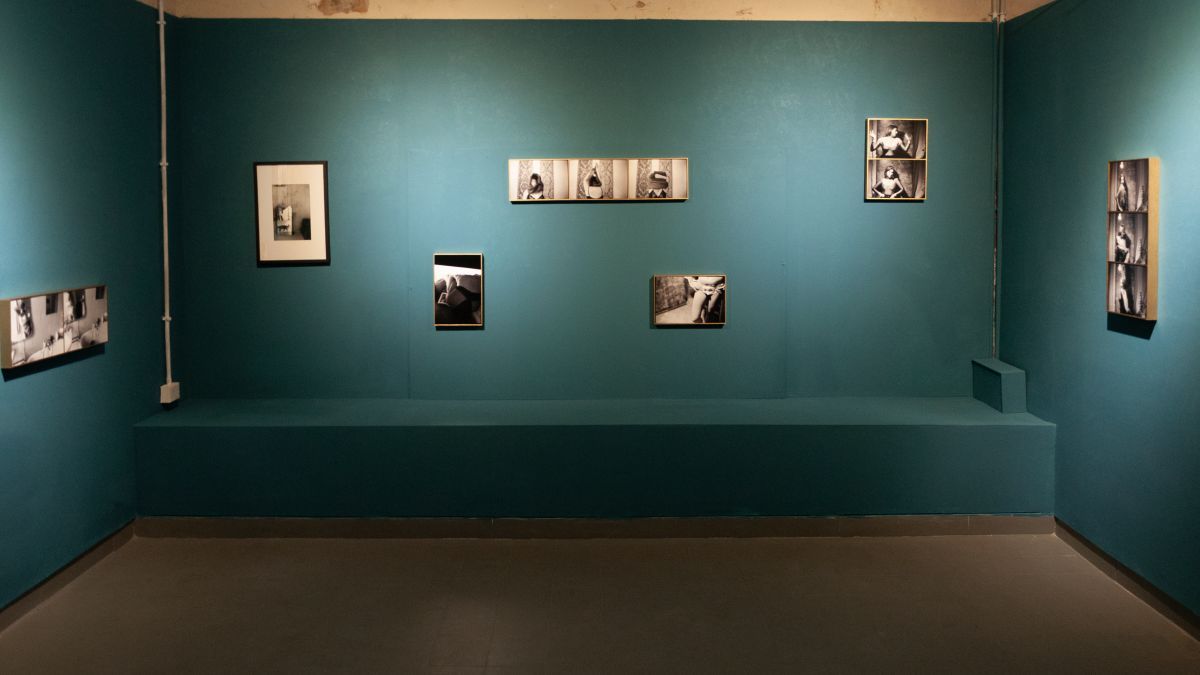For her part, for the doctor in Psychology, researcher at CONICET and professor at the National University of Mar del Plata, Deisy Krzemienhealthy aging depends on the context where the person develops, that is, if the contextual and structural conditions They have to do, for example, with the socioeconomic, the gender, the level of social interaction or integration.
However, he expresses that he is also linked to how the person handles his own definition of old age: “We must observe how each perceives their own aging and how it positions itself,” he says.
Lombisani, who lives with elderly people in spring, underlines the need for the hierarchy of integrated and person -centered care, where health systems respond to complex needs.
“They have to provide continuous attention both in physical, mental, emotional and social aspects; And there must be coordination between different levels of care and social services, ”he emphasized.
healthy aging
Lombisani underlines the need for the hierarchy of integrated and person -centered care.
Can you talk about active aging? How would they define it?
Ll: To fulfill the aspiration of healthy aging, the individual commitment to the care of physical, mental and emotional health is key. It is important to practice healthy habits: balanced food, regular physical activity, adequate sleep and stress control. Also self -care and prevention with periodic medical controls, adhesion to treatments, the cessation of harmful habits and vaccination. Participate in social, cultural or community activities and continuous training from cognitive stimulation, permanent learning and technology management.
Active aging is to optimize health, participation and security opportunities to improve the quality of life as we age.
We have to aim to achieve physical, mental and social well -being, which implies access to health services, disease prevention, self -care promotion, active participation in society according to their abilities, desires and needs, including paid work, volunteering, political participation, participation in social, cultural and educational activities.
DK: People do not age in the same way that our grandparents or great -grandparents because, now, we arrive at old age with better health, with more education and a higher level of satisfaction with ourselves and others, which allows to sustain healthy links. Obviously there are also limitations related to the descent of certain skills, capacities or skills that are normally lost or slowed down. But not all skills and skills tend to decline, on the contrary, they remain and in some cases increase.
The different types of aging are closely related to the life story of each person, how it has been built and developed, to their context.
Our brain, one of the most plastic organs of the human being, is modified throughout the course of life, even in old age. And that means that you can change your morphology, its functioning, its structure. Even when there is a neurodegenerative pathology, that plastic capacity of our brain, compensatory and regenerating, can allow – even with pathology – maintain that functional capacity that WHO speaks to continue carrying out its activities of daily life.
Because?
DK: Because the active lifestyle you have developed in the context of your life allows the brain to take those resources into account and use them to compensate for deficits. If we talk about a person has maintained an active lifestyle, that past active life is food for our brain and psyche.
In old age there are as many opportunities and advances as in other stages of life. And it can also be a moment of modification, of change in personal life that brings an opportunity for improvement and satisfaction of functional capacities.
Do not forget that we are holistic people, and that an aspect impacts others. That is, for example, the psychological is connected to the bodily and this with the emotional, with the social and the physical.
healthy aging

WHO defines healthy aging as the process of promoting and maintaining the functional capacity that allows well -being in old age.
Now, aging is studied from a multidimensional perspective, that is, everything that makes that aging from a positive perspective, from which the person can or could do. And if the context is stimulating, it favors that active aging.
How does a family group contribute to the healthy aging of its older members?
Ll: It fulfills a central role in the healthy aging of an older person. The contribution can be decisive to maintain autonomy, emotional well -being and quality of life.
Family nuclei are a great emotional support, affective containment, active listening, reduce the risk of depression, anxiety and social isolation. They are a large social support network when there are health or economic needs and avoid loneliness.
They are fundamental to promoting autonomy providing help without overproteger, favor functional independence by stimulating the elderly to participate in their care and strengthens their self -esteem.
They are also great support in healthy habits, accompanying medical controls, favoring good food, exercise and cognitive stimulation. They promote active participation, integrating the elderly into family activities, celebrations and decisions, respecting their history, identity and preferences.
DK: The family can accompany not limiting, recognizing the decision of that elderly, always speaking of normal aging, that is, of those who do not have any atrophy or a neurodegenerative disease and who can decide for themselves through their abilities, wisdom, values, principles, interests, their vocation, their occupations or their trajectory.
From this perspective, in the same way as when the adolescent is recognized with all his potential, old age, he also has a development potential, and the family can accompany, have a look that is not prejudiced because, many times, the limitations of the elderly have to do with the gaze of others, with how they are perceived.
The family group too, at some point, will cross the old age and each one has to think how they would like to be seen and perceived.
What is the turning point in the life of a person who lives in the familiar breast that must be incorporated into a care program in a long -stay residence?
Ll: It is usually the result of a combination of medical, functional, emotional and social factors. In general it is not a single cause, but a process that culminates in the decision to institutionalize them.
Some factors can be the Progressive cognitive deteriorationwhich affects the ability to make decisions, recognize environments or people, and put their safety and the environment at risk. Also certain disabilities to Carry out basic daily life activities such as hygiene, food or mobility without constant supervision.
When the person requires 24 -hour care that the family cannot sustain either due to lack of resources, physical, emotional exhaustion, lack of preparation or availability.
old age.jpg

Joining a care program may be due to progressive cognitive impairment and other factors.
Freepik.
Complex or multiple chronic pathologies with complex medical needs such as probation control, oxygen, parenteral medication, which exceed safe home management. And risk situations such as frequent falls, inadequate management of medication or evidence that basic needs are not being covered.
The entrance to a residence must be lived as a change of scenario that ensures better quality of life, security, interdisciplinary professional care and continuous accompaniment, both for the elderly and for their family.
DK: It also happens that the same person decides to enter those places because he feels more accompanied or does not want to be alone and have a professional team and multiple activities available.
The perspective of the approach in the long -stay residences has varied in recent decades and have made a turn, a change of mental, institutional paradigm and in terms of approach to the person who enters that it can be very interesting.
And how does that residence contribute to sustaining that quality of life?
Ll: It can contribute significantly to the quality of life of the elderly and favor healthy aging, provided that it is based on a person -centered approach, interdisciplinary and respectful of their dignity and autonomy.
You must also prioritize comprehensive and individualized care through the comprehensive geriatric geriatric assessment, where medical, functional, cognitive, emotional and social needs that have to be treated and a care plan adjusted to the capacities and desires of each person will be identified.
The interdisciplinary approach of the resident must be carried out by a team of doctors, nurses, gerontologists, psychologists, occupational therapists, nutritionists, kinesiologists and gerontological assistants.
It must promote cognitive and social stimulation through common spaces that facilitate the interaction between pairs, workshops, creative and cultural activities that keep the mind active and avoid isolation.
The constant presence of trained personnel and the possibility of generating affective links within the institution help to reduce the feeling of loneliness. The prevention of the dependence and promotion of autonomy are worked with functional rehabilitation and capacities maintenance objectives
Everything must be carried out in a favorable environment with environments designed to minimize risks of falls, with physical support, continuous supervision and adaptation of the environment.
A long -stay residence can be much more than a place of care: it can become an environment of well -being and dignity where to age does not imply losing, but adapting with accompaniment, respect and new opportunities.
The same professionals who have been working for years feel the need to train in Gerontology, especially.
The important thing is how they work in an institution when the person is living there. It is key to work interdisciplinary, that the whole team has a work coherence and that each contribution is in relation to a healthy aging goal that takes into account the particularities of each individual, consider diversity even in the ways of aging, either in public policies, non -governmental institutions, promotion societies, educational or university institutions. that grant a sense of belonging and life that gives them well -being.
In short, a better quality of life and that can be shared with others.
Source: Ambito
I am an author and journalist who has worked in the entertainment industry for over a decade. I currently work as a news editor at a major news website, and my focus is on covering the latest trends in entertainment. I also write occasional pieces for other outlets, and have authored two books about the entertainment industry.




